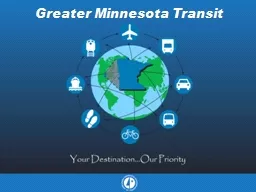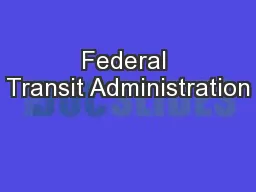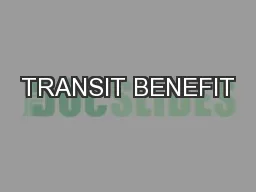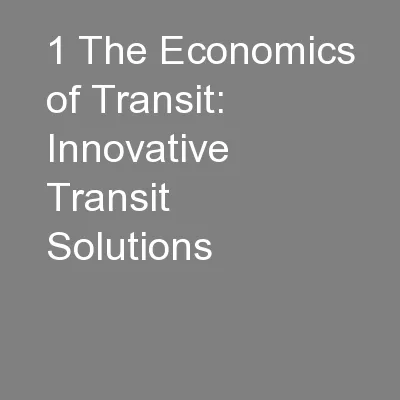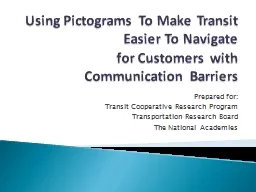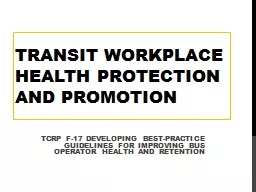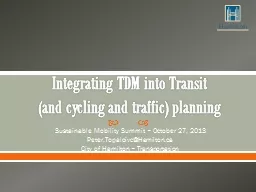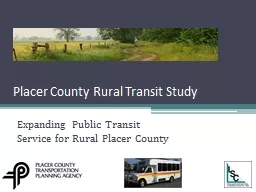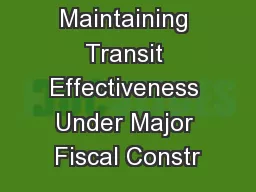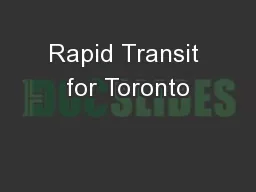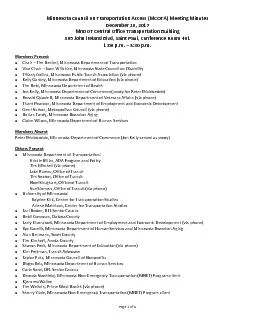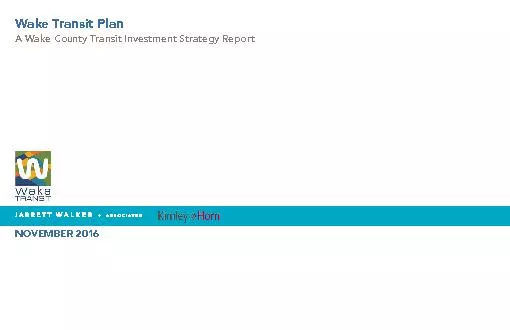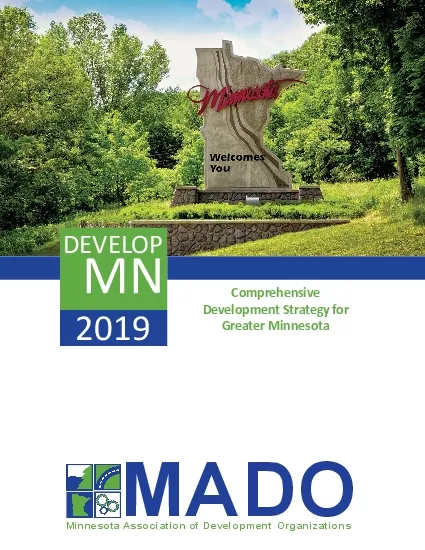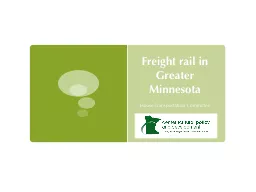PPT-Greater Minnesota Transit
Author : danika-pritchard | Published Date : 2017-09-08
Greater MN Transit Service 2010 59 transit agencies 6 Large Urban more than 50000 population 13 Small Urban 40 Rural 111 million passenger trips 107 million service
Presentation Embed Code
Download Presentation
Download Presentation The PPT/PDF document "Greater Minnesota Transit" is the property of its rightful owner. Permission is granted to download and print the materials on this website for personal, non-commercial use only, and to display it on your personal computer provided you do not modify the materials and that you retain all copyright notices contained in the materials. By downloading content from our website, you accept the terms of this agreement.
Greater Minnesota Transit: Transcript
Download Rules Of Document
"Greater Minnesota Transit"The content belongs to its owner. You may download and print it for personal use, without modification, and keep all copyright notices. By downloading, you agree to these terms.
Related Documents

